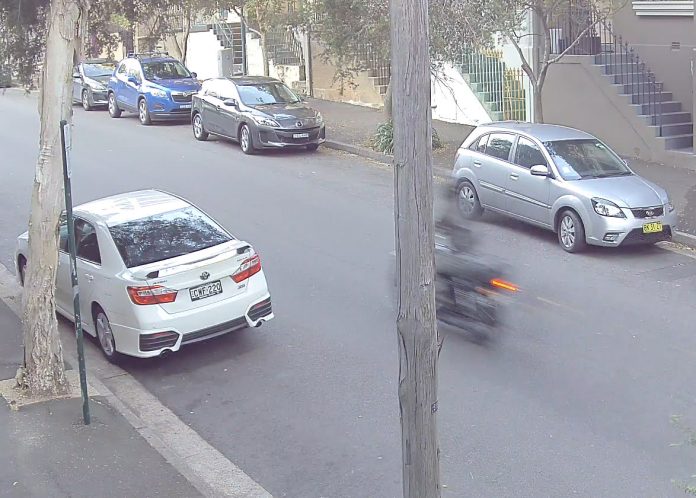Q: I recently read an article by an Australian consultant which showed a 4K camera having trouble with motion blur in low light conditions. Were all the camera settings identical, were the findings of the article consistent and does this mean 4K is not suitable for security applications?
A: You’re talking about consultant Luke Percy-Dove’s application test in around 7 lux and he’s confirmed that all the camera settings were, as far as possible, identical and at or near default. So yes, in Luke's fairly typical industrial application that 4K camera performed less well than the HD cameras being tested. Having said this, we’ve certainly experienced additional motion blur with all the 4K and higher resolution megapixel cameras we've looked at during tests at night. And we made similar findings at SecTech Roadshow’s Camera Shootout last year – higher res means more processing, means variations of blur. The best low light cameras we’ve tested at SEN and the most resistant to motion blur were 1080p. However, some were poor against motion blur and none gave perfect moving face recognition or LPR below 4 lux. From memory the best camera we’ve seen in terms of resistance to blur in low light was a Dallmeier DF5200-HD-DN but this observation is subjective and not based on direct comparison.
At issue with 4K are the laws of physics – more pixels on a chip mean smaller pixels, mean less transmission of light means more amplification, means more noise, means more noise suppression and rebuild artefacts, means more processing required, means more latency. More pixels on a chip means more processing, means more latency – both mean blur of fast-moving objects in a scene – especially objects moving at right angles to the lens. Having said this, 4K is great in appropriate light levels – nothing comes close to it for wide and deep coverage of street scenes and public spaces. If you need such performance, 4K is pure gold. But it’s not for dim-lit laneways, for part-time LPR of speeding vehicles, or for assuring users of court-admissible facial ID of pedestrians on the street in ambient light levels between 2-10 lux. At these levels things get ghostly. Of course, 4K cameras vary, too. In our tests so far, Bosch was best with low light in colour, while DVTel was best against blur but went to night mode earlier than Bosch. Again, these are subjective comparisons.

Here's an Axis 1080p camera at 15mm (this is a 50 per cent crop), bike speed is at least 60Kmph – both this and 4K image shot around 5pm in shade. Both cameras have a minimum shutter setting parameter of 1/25th sec…the Axis camera is well above that here. There's a little blooming of the taillight but edges are very clean…
For low light applications, 720p and 1080p cameras offer the best resistance to blur but you need to watch your depth of field and select an appropriate focal length to maximise detail in the hot point of your scene. In large areas 4K is so strong in daylight – and down to about 25 lux with foot traffic – that I think some applications should not do without it and in those cases, 4K and 720/1080p cameras should be used to cover parts of the same scenes throughout a 24-hour cycle. You simply need to pick your application. When it comes to integrated IR with 4K, IR helps but between 2-10 lux performance it is still nowhere near as good as a quality unassisted low light HD camera, which will generally remain in colour. Sub-1 lux at the lens and things are more consistent – almost everyone is in night mode and most are offering similarly flawed integrated IR performance. This said, we tested an Axis dome recently with excellent IR performance, tons of contrast and low flare. It's all about objective testing – mirror your application and create a solution with an operational outcome or you will simply waste your money.
We’ll be testing 4K cameras as well as 1080p cameras at SecTech Roadshow’s Camera Shootout in Perth, Adelaide, Melbourne, Sydney and Brisbane in May, so make sure you stick your head in and have a look – you can cheeck dates, register and get free parking here. Motion blur in lower light levels will be a key parameter of our testing.♦
* It's worth noting that the 4K image is locked at a bitrate around 8000Kbps, while the 1080p image has had the lowest (least compressive) Zipstream setting applied and is running at 1030Kbps.












